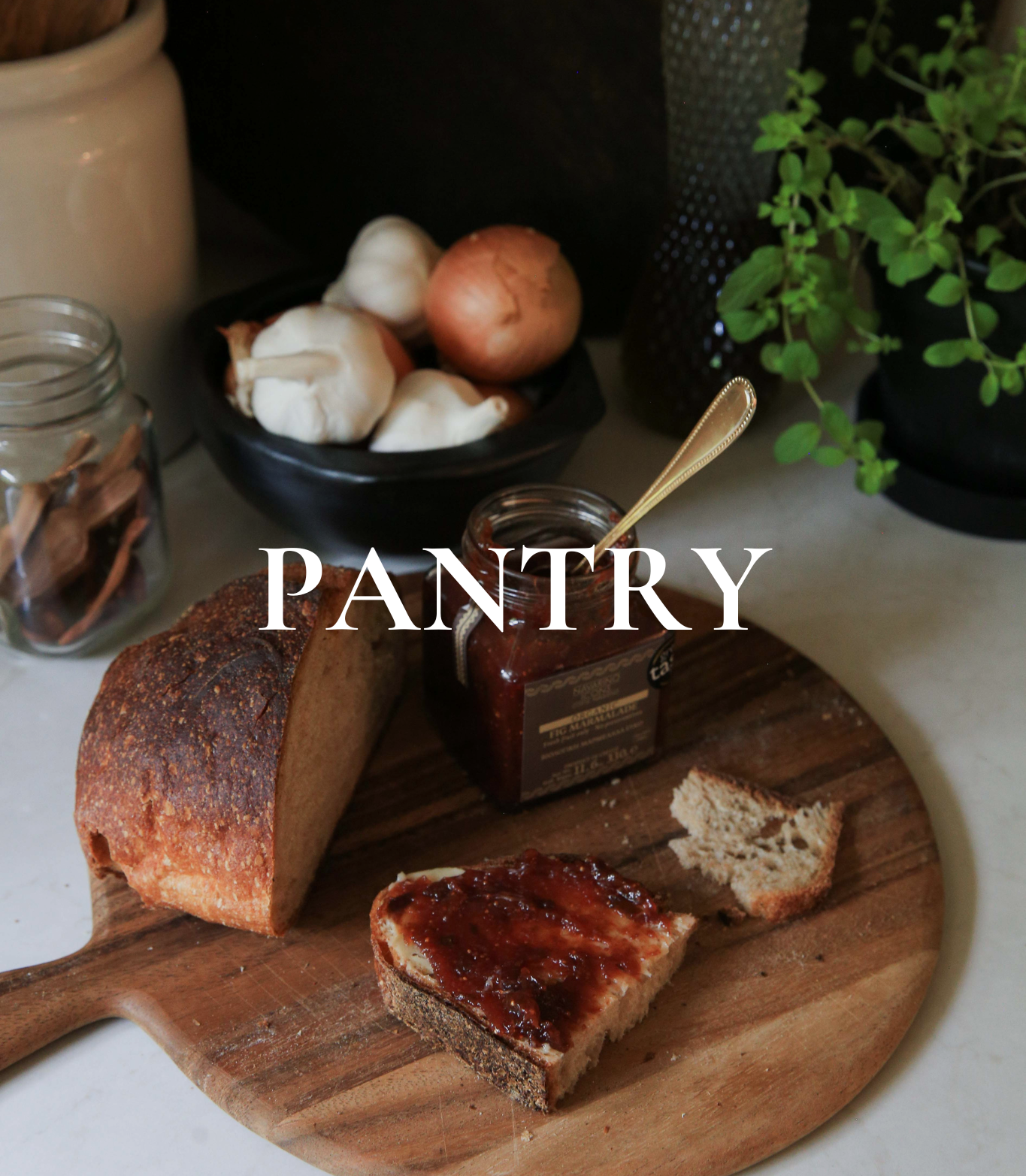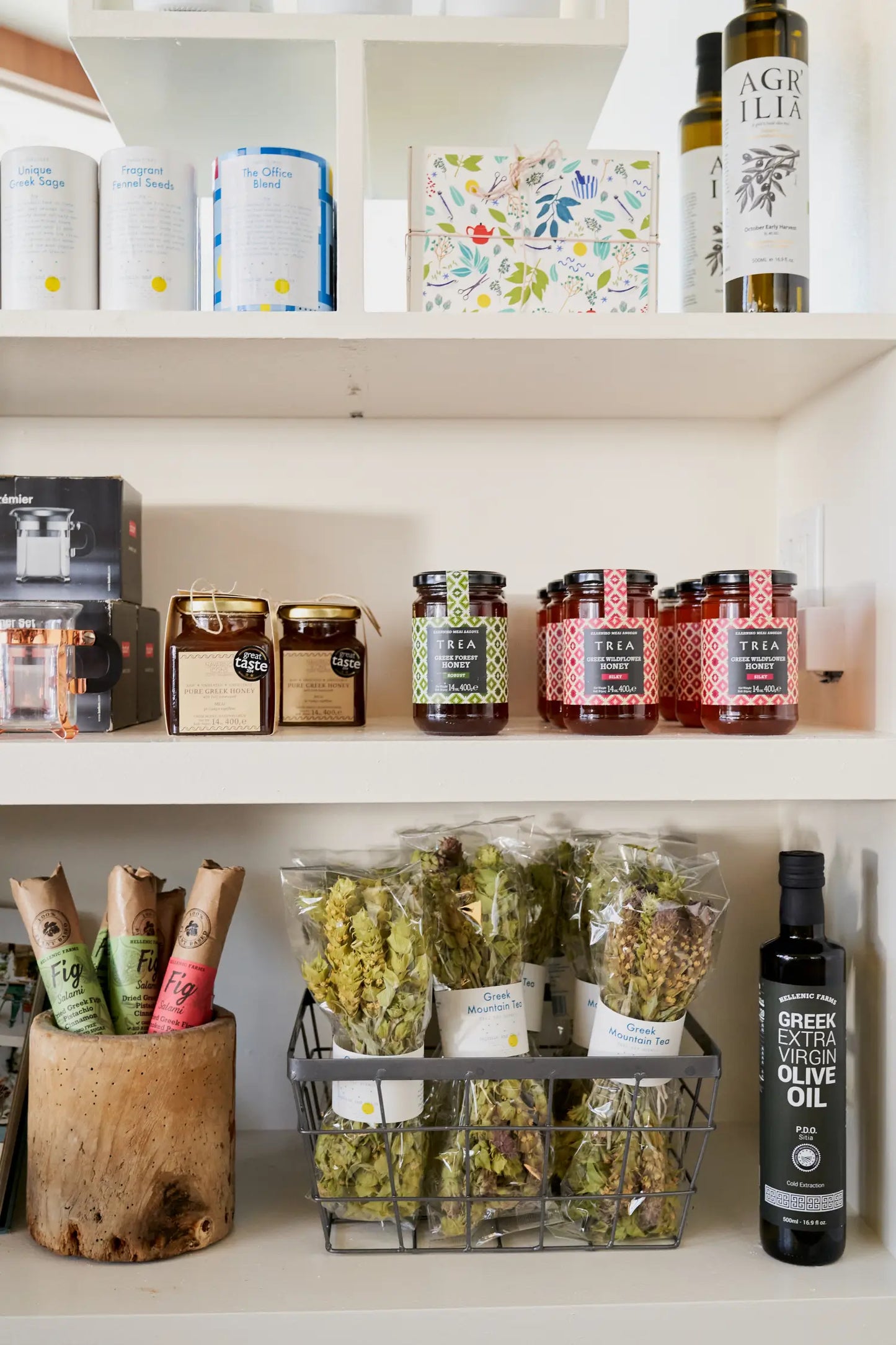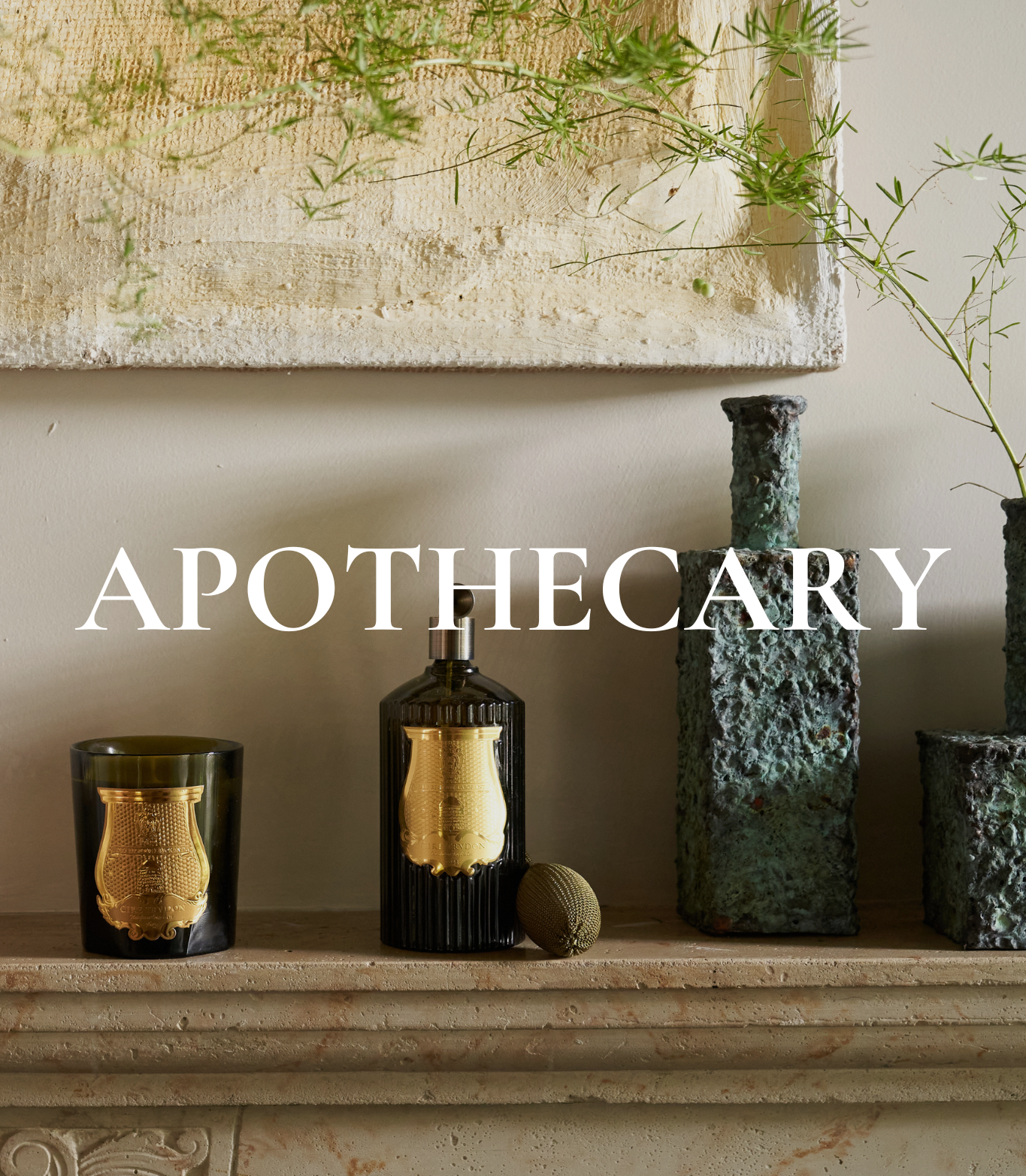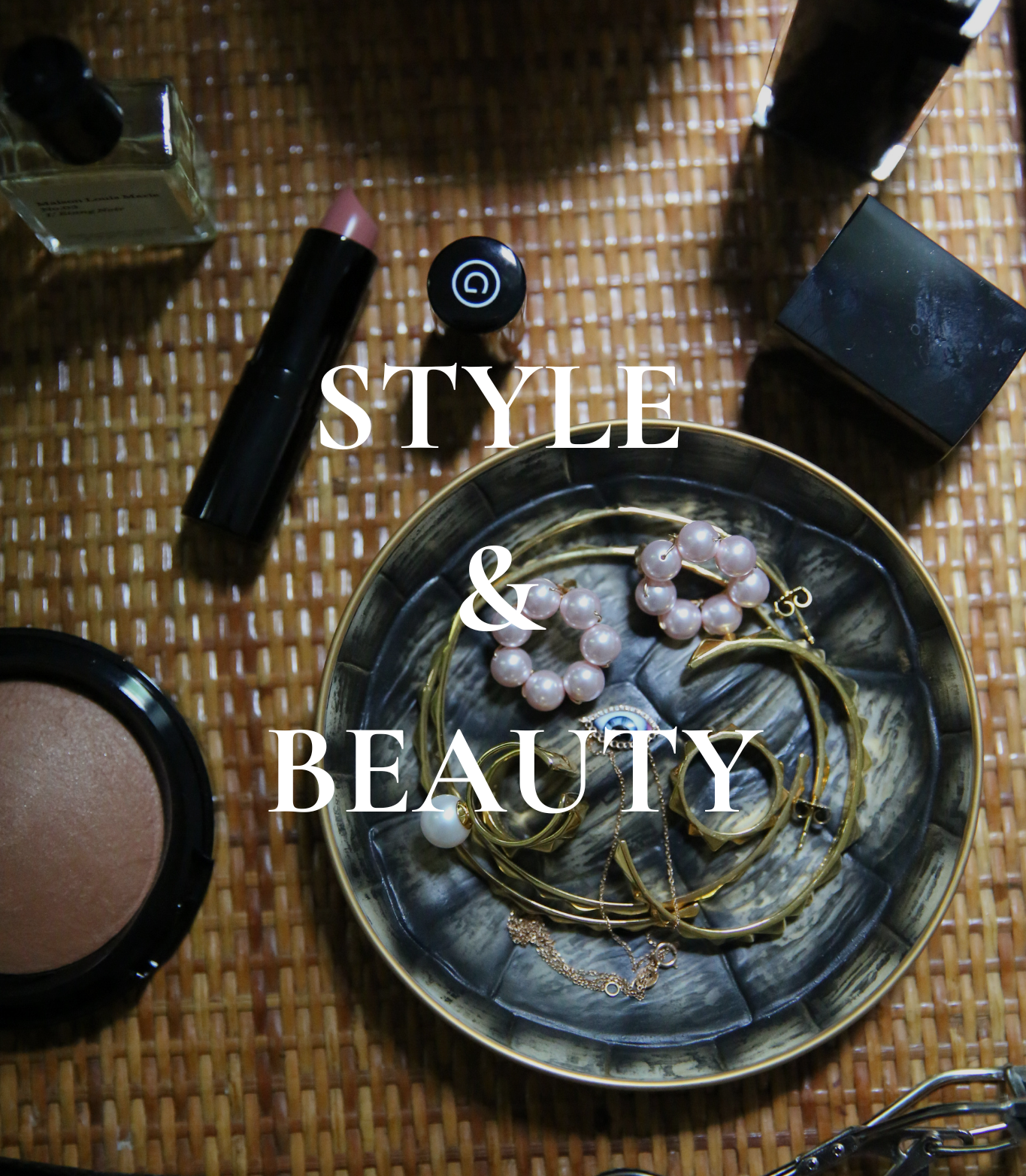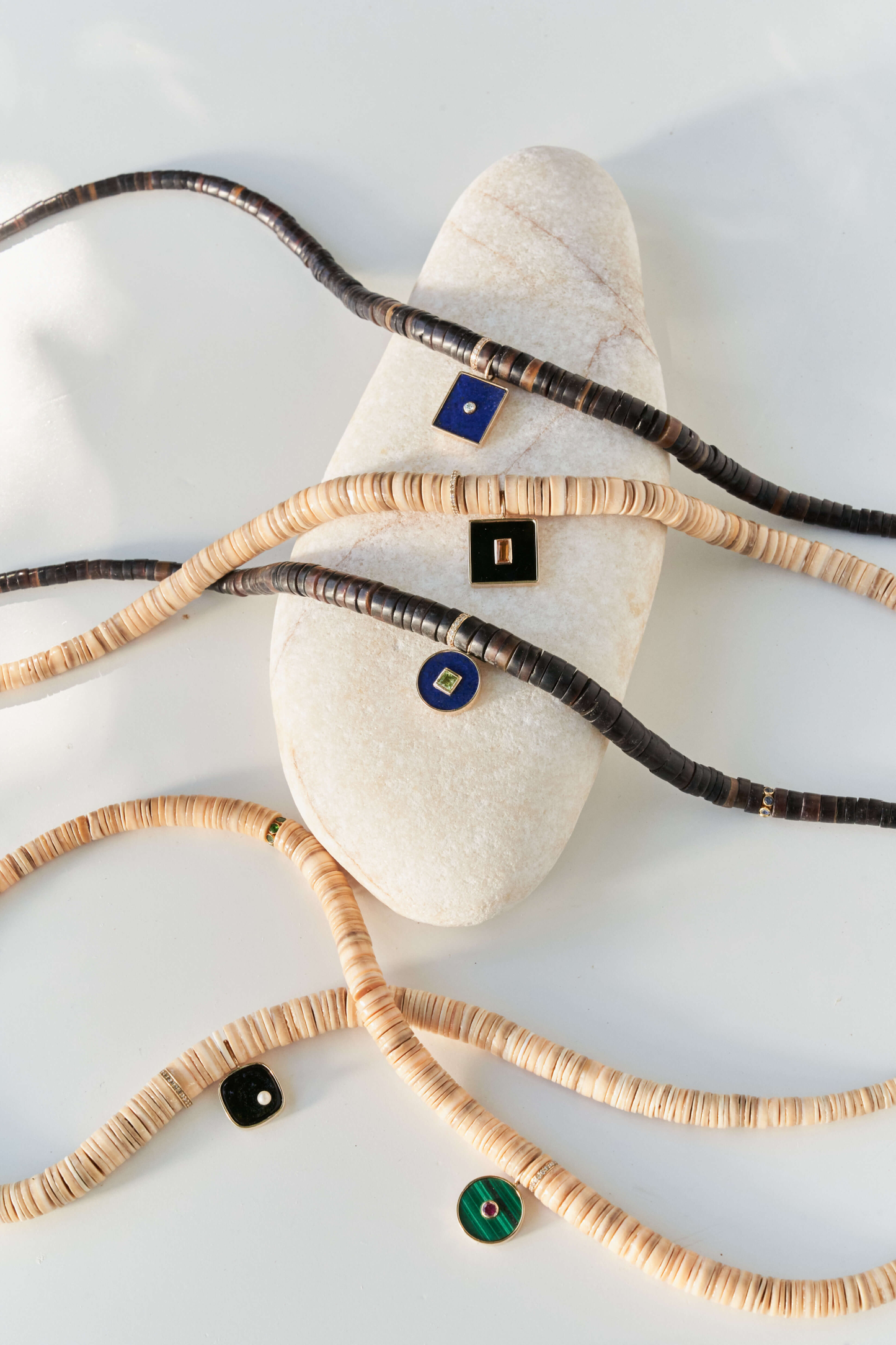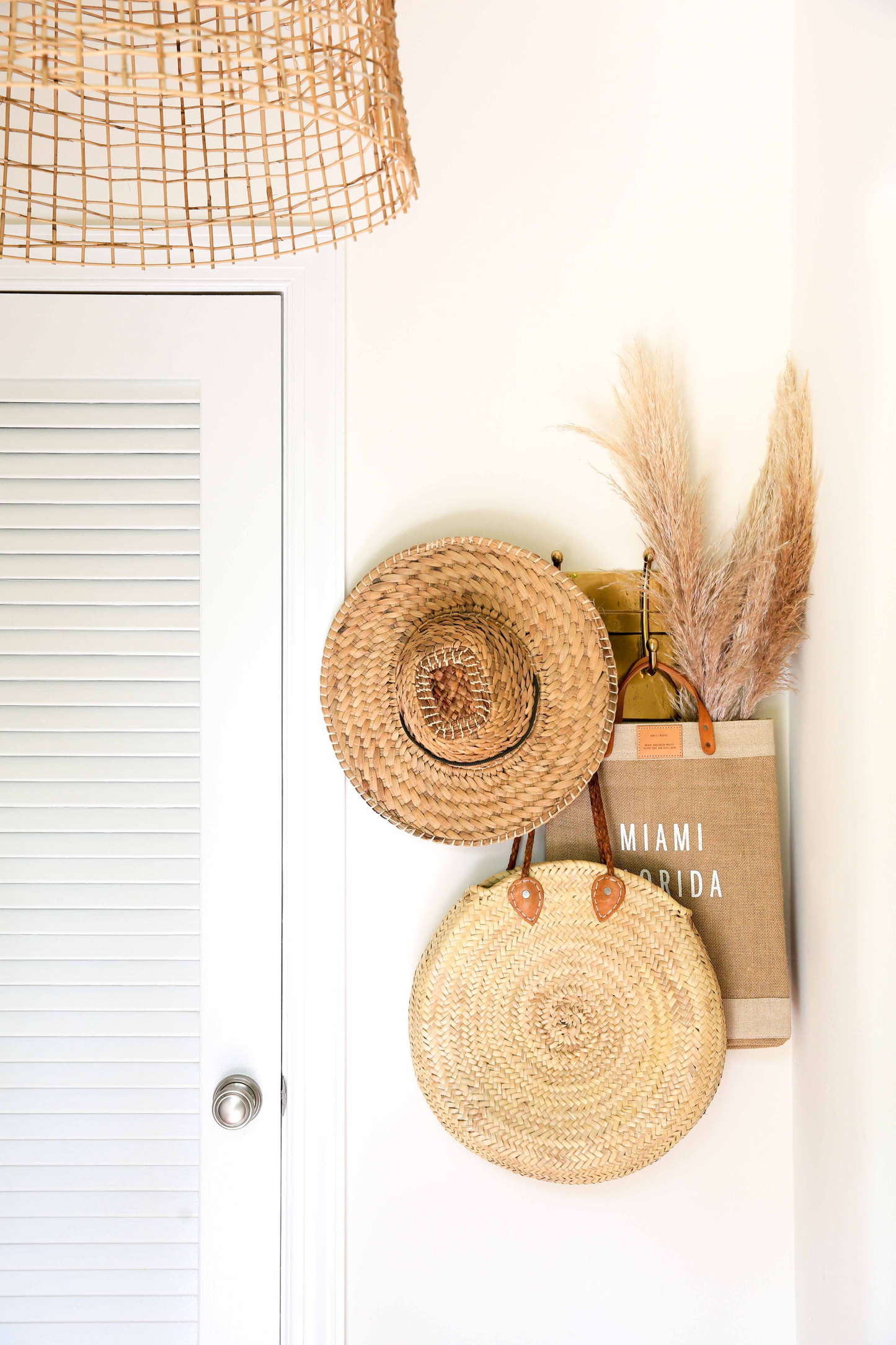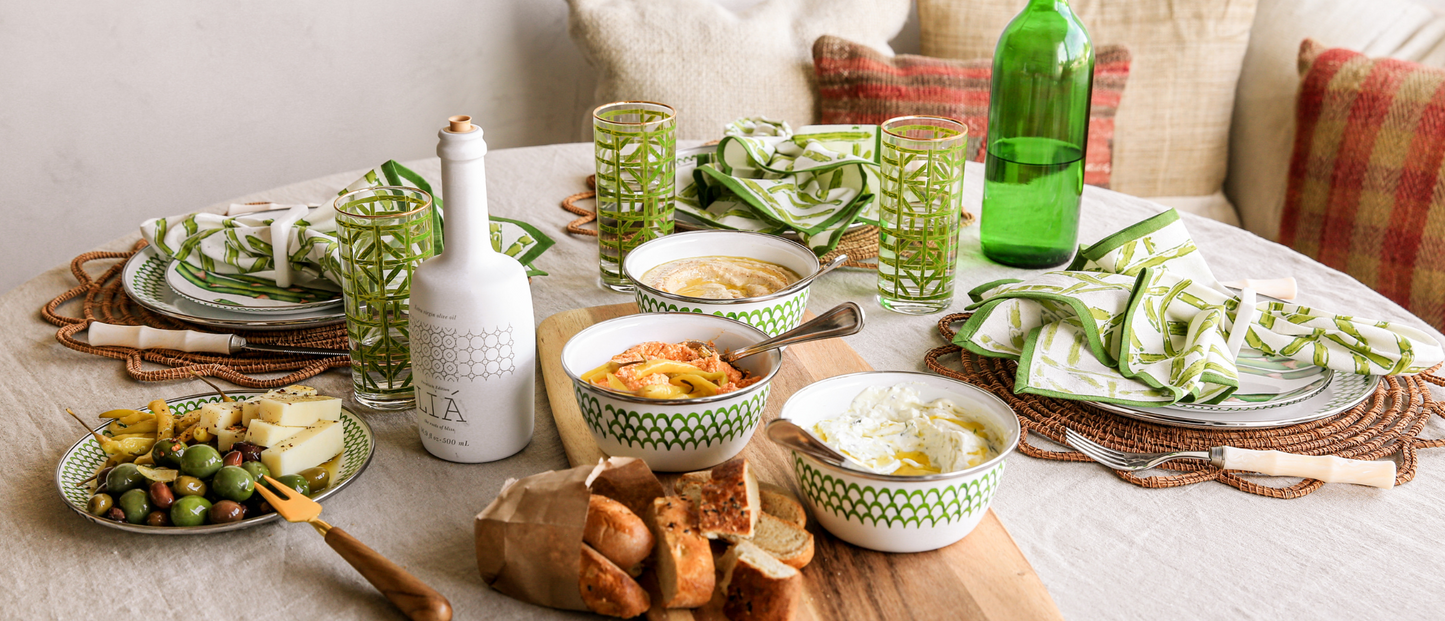
Tablescaping competitions are themed design challenges judged on how well a small table tells a story.
In this article, we’ll cover all the details—from the initial idea to the final setup—so you can see exactly how a winning tablescape comes together for competitions and events.
Want to be a part of it? Every tablescape begins with an idea, and we’ll help you get started on your own competition journey with a few Mediterranean inspirations. We’ll help you to learn what a tablescape is, how contests are run and judged, the five signals judges reward, six contest-ready ideas, and a short prep checklist so you can enter with confidence.
Let’s begin!
What Is a Tablescape?
A tablescape is the complete arrangement of items on a table, such as the place settings, centerpiece, linens, and miniature props, composed to convey a mood, theme, or meal. All the items you use—like decorative accents, materials, and other elements—help bring your table to life.
Think of it as a mini set: every object should support the story you want the judges (and viewers) to read. This is the working definition used by fair competitions and style guides.
How Competitive Tablescaping Works (Judging & Rules)
Most competitions are run by county fairs, historical societies, or craft events and are often organized into different divisions based on style or judging criteria. Each division may have its own set of requirements and standards. These competitions follow a clear pattern: an announced theme, a maximum table size (often a 24–36” square or a single place setting on a table of defined dimensions), and a required menu that must match the place settings.
Read the theme packet first; non-compliance with size, display, or menu rules is the fastest route to disqualification. Official contest documents list deadlines, allowable props, and disqualification causes; study them line-by-line.
Typical mechanics you will encounter in the rules packet include steps such as:
- Exact footprint and height limits — measure twice; judge’s tape is unforgiving.
- Food rules — are live or perishable foods permitted, or must all food be covered or replicated?
- Attachment rules — can you affix items to the table, or must everything be free-standing?
- Power & lighting — are batteries or mains power permitted for lamps or moving parts?
- Public voting vs. judge scoring — People’s Choice often rewards spectacle; judge panels reward correctness.
- Required documentation — some shows request an exhibitor label, a short menu, or an artist statement to be displayed.
Want to avoid disqualification? Start by reading the theme packet cover to cover; it’s the contest roadmap.

What Judges Look For — 5 Signals That Win
Judges vary by event, but the highest-value signals are consistent across reputable contests. It takes careful planning and a good sense of design to impress judges, as they look for tablescapes that demonstrate good use of color, balance, and creativity.
Storytelling and Theme
A lot of thought goes into creating a table that tells a clear story. Judges reward entries where the theme is obvious and every element supports the narrative.
Does the table read at a glance? Originality is often 20–50% of the score in fair rubrics. Use a single, readable motif rather than half a dozen weak ideas. Your tablescape should give judges a peek into your creative vision, offering them an exclusive look at your unique approach.
Technical Execution
Understanding the technical requirements is crucial for scoring well. Judges expect precise placement, clean lines, and attention to detail, so it’s important to understand the rules and criteria to maximize your score.
Proper plate and flatware placement, centered plates, and the correct knife blade orientation are scored. Practice standard place-setting rules until they're automatic. Many judging checklists expect exact positioning (for example, plate and flatware 1" from the table edge).
Theme-to-Menu Coherence
Judges will verify that the place settings match the menu you have listed. If you claim a multi-course meal, include the correct cutlery. A score penalty for missing or incorrect service items is standard.
Scale and Balance
Judges look for a balance of height, texture, and negative space; tall centerpieces must not block sightlines or feel top-heavy.
Craftsmanship & Resourcefulness
Handmade elements or clever use of materials are noticed; durability and tidy assembly are critical at judging time. Some county rules even list creativity, presentation, and correctness as separate point buckets.
6 Table Decorating Contest Ideas
Creating a contest-ready tablescape often involves a lot of planning and materials to achieve the desired look and meet competition standards. Keep in mind that entries may be marked down if they do not follow the contest guidelines.
Below are contest-ready concepts, with exact props and execution notes so you can shop or source quickly. For tabletop pieces and serving props, consult Mrs. Mandolin’s Tabletop collection or your local makers for similar items.
1. Mediterranean Market Brunch
Set a warm ochre linen runner across the table, place small olive bowls shared between every two settings, and use mezze plates so the table reads like a cluster of sharable bites; tuck linen napkins under the forks for easy passing, anchor a low bread board at the center, and attach a tiny provenance tag to one pantry item (for example "single-estate olive oil") so judges can see the sourcing at a glance.
Mrs. Mandolin’s tip: Keep the centerpiece under 10–12" high, group ceramics in odd numbers, and position utensils for casual, communal service rather than formal plated service.
2. Garden-Foraged Centerpiece
Gather clipped citrus branches, rosemary sprigs, and a few small white blooms into a low ceramic bowls trough so the centerpiece smells as great as it looks. Another example would be the Wood Flower Petal Serving Tray with one botanical at two or three place settings to create visual echoes, secure stems inside the vessel with floral tape to prevent spills during transport, and place small clear votives around the base for soft evening light. Use a kraft card to name the botanicals; readable labels demonstrate intent and often swing points with judges who value provenance.
3. Vintage Glass & Pastel Afternoon Tea
Limit pattern to one element (we recommend the teacups) and use plain white dessert plates as the neutral base so mixed pastel goblets and gilded teaspoons read curated rather than cluttered; balance a single small floral posy against a tiered server of pastries, and lay teaspoons to the right of cups so practical service cues match the aesthetic. Keep height low and rhythms consistent, repeating one glass color at alternating settings calms the eye and signals restraint.
4. Coastal Picnic — Salt-Air Table
Translate the beach into ceramics and textiles: a large blue-and-white serving bowl for a shared salad, a striped washable runner, a driftwood riser for a focal object, and tin votives or windproof travel tins for safe, portable candlelight. Anchor all small pieces with discreet tape or museum putty so nothing shifts during transit or judging, list materials on a small placard (for example, "driftwood riser, stoneware bowl") to make your choices legible, and prioritize washable fabrics for practical durability.
5. Night-In Noir — Candlelit Formal
Choose a restrained palette of deep napkins and simple white plates, add low amber candles in sturdy holders, and ensure every place setting is technically correct (with the knife blade facing the plate, forks on the left, and diamond glasses clustered to the right). Because the look is dramatic, bring a small LED task light for judges to inspect details if the venue is dim, and keep the centerpiece horizontal and under eye level so conversation and sightlines remain uninterrupted.
6. Citrus & Ceramic Minimalism
Let one bold ceramic vessel and a tight cluster of whole citrus do the work: use crisp white plates, precise plate placement roughly an inch from the table edge, and arrange citrus in a simple geometric group rather than scattered fruit. Negative space is intentional here, so measured spacing, aligning flatware with exacting care, and avoiding mixed patterns, judges reward the discipline of restraint and the sensory note that citrus adds to the composition.

Prep & Entry Checklist
Don’t wait to start your preparations—early planning is key, as registration for competitions often opens a month in advance and spots fill quickly. Most table setting competitions take place over the course of a week, so timing is crucial.
- Read the rules word-for-word and note absolute limits (table footprint, height, electrical access).
- Design to the theme first, menu second; the menu dictates correct flatware and plates.
- Mock a tabletop rehearsal at home at the same scale specified (use a 24–36” square if no size is given), photograph from the judge’s viewpoint (head-on), and crop to the contest dimensions.
- Label materials and provenance. A small card explaining one handmade or sourced item can swing points for originality and craftsmanship.
- Pack a repair kit. Include double-sided tape, floral wire, extra napkins and a small LED light.
- Time your setup; practice building the table within the official setup window and rehearse final clean placement under time pressure.
- Don’t forget any of these steps or materials—double-check your checklist before the event.
Common Mistakes to Avoid
Even the most creative table setting competition entry can fall short if you overlook a few key details. One of the most common mistakes is not reading the competition rules thoroughly—missing a requirement or misunderstanding a guideline can cost you valuable points or even lead to disqualification. Always double-check the rules, especially when it comes to the correct placement of items like the salad fork or the use of specific props.
Another pitfall is neglecting the finer points of your display. Judges notice when a glass is out of place or a napkin isn’t folded just right, so take the time to review every aspect of your table before the judging begins. Don’t be afraid to let your creativity shine, but remember that your entry should still match the competition’s standards and theme. Striking the right balance between originality and rule-following is what makes an entry truly amazing. By understanding what judges are looking for and paying close attention to every detail, you’ll set yourself up for success and create a table setting that stands out for all the right reasons.
Benefits of Participating in a Table Setting Competition
Taking part in a table setting competition is more than just a chance to win a ribbon—it’s an opportunity to bring your creativity to life and share your passion for beautiful tables with others who appreciate the art. Whether you’re making your first entry or you’ve been setting tables for years, these competitions offer a fun and inspiring way to express originality and try out new ideas. Each event is a celebration of creativity, where entrants can showcase their unique style and learn from the amazing displays around them.
Beyond the thrill of competition, you’ll find that planning and executing a table setting entry sharpens your attention to detail and hones your organizational skills—abilities that translate into many areas of life. The process encourages you to think outside the box, experiment with color and texture, and develop a keen eye for what makes a table truly stand out. Plus, you’ll meet people who love table setting as much as you do, making it a wonderful way to connect, share tips, and inspire each other. Whether you win or simply enjoy the experience, participating in a table setting competition is a rewarding way to grow your skills, fuel your passion, and bring a little more beauty into the world.
Where to Watch or Enter a Tablescape Competition
Search county fair calendars and local historical society events for tablescape classes. Community fairs often publish PDF rulebooks with exact entry instructions and judging rubrics. To get entered into a competition, carefully follow the entry instructions provided by the organizers.
Register early, as slots fill quickly. Also, verify if there’s a public-voting People’s Choice category, as it affects how you display to viewers. Event organizers often post updates and results on their social media channels, so sign up for event updates or follow their Instagram accounts to stay informed.
Receiving Judges Comments
One of the most valuable aspects of entering a table setting competition is receiving judges comments on your entry. These comments offer direct insight into what worked well and where there’s room for improvement, giving you a clearer understanding of how your table was viewed through the eyes of experienced judges. Whether the feedback highlights your attention to detail or suggests ways to enhance your display, each comment is a chance to learn and grow.
It’s important to approach judges comments with an open mind and a willingness to apply their advice to your future work. Even if you don’t agree with every point, consider how their perspective might help you refine your table setting skills for the next competition. Use the feedback to identify strengths you can build on and areas where a little extra effort could make a big difference. Over time, these insights will help you create even more beautiful and creative tables, making each competition entry stronger than the last.

Overcoming Challenges
Every table setting competition comes with its own set of challenges, from working within strict rules and themes to managing your time and resources on the day of the event. It’s normal to feel a bit of pressure when you’re trying to create a display that’s both beautiful and original, especially when you want your table to stand out among so many creative entries. The key is to embrace these challenges as opportunities to stretch your creativity and problem-solving skills.
Start by breaking down the competition requirements into manageable steps, and don’t be afraid to experiment with new ideas or materials as you plan your table. If you find yourself stuck, look for inspiration in unexpected places—nature, art, or even your favorite restaurant can spark a fresh approach. Remember, every entrant faces obstacles, but those who stay focused, flexible, and positive are the ones who create truly memorable table settings. With careful planning and a willingness to adapt, you’ll be able to overcome any challenge and deliver a competition-worthy display that reflects your unique style and hard work.
Staying Inspired
Keeping your creativity alive is essential for success in table setting competitions, especially when you’re looking for fresh ideas for your next entry. Inspiration can come from anywhere—attending local events, exploring new cultures, or simply browsing through design blogs and magazines. Make it a habit to set aside time for creative play, allowing yourself to experiment with different colors, textures, and themes without the pressure of competition.
Sharing your passion with others is another great way to stay motivated. Connect with fellow table setting enthusiasts, swap stories, and exchange tips to keep your ideas flowing. Don’t be afraid to try new things, even if they seem a little out of your comfort zone—sometimes the most unexpected choices lead to the most beautiful results. By staying curious and open to new experiences, you’ll keep your creative spark alive, ensuring that every table you set—whether for a competition or a special occasion at home—reflects your love for the art of table setting.
Ready to Make a Tablescape That Could Win a Competition?
For better results, we suggest testing pieces in person! Creating a tablescape inspired by the 'Find Your Happy' theme can bring joy and celebrate special memories. Visit Mrs. Mandolin’s Tabletop collection for ceramics, glassware, and linen ideas, or check local thrift and maker markets for the handmade element judges notice.
In recent competitions, especially over the past year, more participants have entered and the event has grown in popularity. Many have won top honors and received ribbons as recognition for their creativity and effort. If you have participated or have your own tips, please leave a comment and share your experience!
Frequently Asked Questions (FAQs)
What's the difference between a tablescaping contest and ordinary table decorating?
Contests require strict theme adherence, scaled dimensions, and a menu that matches service items; ordinary decorating is looser and usually not judged on technical correctness.
Can I enter with non-food-safe props?
Rules vary. Some contests prohibit items that contact food; others permit decorative props if you clearly mark them as non-edible.
Do judges require exact place-setting etiquette?
Yes. Many judging rubrics score the correctness of place settings specifically (placement, utensils, glassware).


